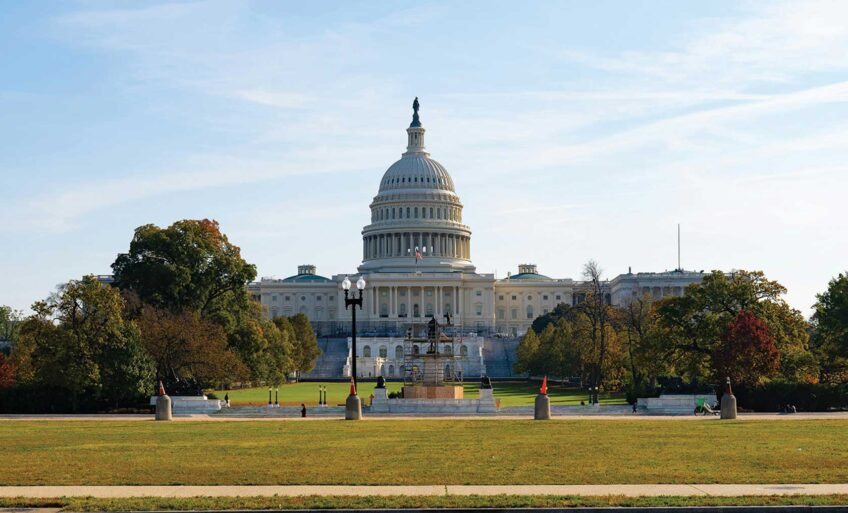Obama might need to show ID in more places than East Harlem
The only thing wrong with New York Congressman Charles Rangel’s quip that President Obama had better bring his ID to East Harlem is that he limited it to East Harlem. Wearing his trademark baseball cap, casual clothes and sneakers, sans White House entourage and limo, an Obama strolling or driving down a dimly lit street could easily be stopped in any number of black neighborhoods.
He wouldn’t have to fit the textbook profile of a poor, young, black male. He could just as easily be rich, older, a businessman, a professional, star athlete, college professor or, as in the horrific case of Omar J. Edwards, a New York police officer gunned down by a white fellow cop.
There have been countless cases where prominent black men have been humiliated by police officers, trailed by store clerks, and passed up by taxicabs on busy urban streets. Nor is Edwards the first black cop to be victimized by fellow officers. In recent years, there have been more than a few cases of white cops stopping, harassing, attempting to arrest, arresting and even shooting off-duty black cops.
Some wishful thinkers hoped Obama’s election would bury negative racial stereotyping and the threat it poses to the safety and well-being of black males. It did no such thing. Immediately after Obama’s election, and months before Edwards was shot dead, teams of researchers from several major universities found that many of the old attitudes about blacks, poverty and crime remain frozen in time.
The study found that much of the public still perceives those who are poor, jobless and black as most likely to commit crimes. This more than affirmed that race, poverty and crime are firmly intertwined in the public mind; it also showed that once stereotypes are planted, they’re virtually impossible to root out.
That’s hardly new, either. In 2003, Penn State University researchers conducted a landmark study on the link between public perceptions of who is most likely to commit crime and actual crime statistics. That study found that many whites are likely to associate pictures of blacks with violent crime — no surprise, given the relentless media depictions of young blacks as dysfunctional, dope-peddling gang-bangers and shooters.
The bulging numbers of incarcerated blacks seem to reinforce the perception that the face of crime and violence in the U.S. is young, black and male. And it doesn’t much matter how prominent, wealthy or celebrated the black is — the overkill coverage of criminal hijinks perpetrated by the legions of black athletes, Hollywood personalities, musicians, rappers and entertainers only serves to further implant the negative image of black males. And none of them are poor, downtrodden, ghetto dwellers.
There was, however, a mild surprise in the Penn State study. It found that even when blacks didn’t commit a specific offense, whites still misidentified the crime’s perpetrator as an African American.
University researchers were fascinated by this result. Five years, later they wanted to see if that stereotype still held sway, even as Obama’s political star rose and legions of whites said that they liked and would vote for him (and meant it).
Researchers found public attitudes on crime and race unchanged. The majority of whites still overwhelmingly identified blacks as the most likely to commit crimes, even when they didn’t commit them. That’s especially important to say, since the fallback line is often that linking race and crime is not stereotyping because blacks commit the majority of street crimes.
One implication of all this is that Obama’s victory was more of a personal triumph for him than many believed. It did not radically remap racial perceptions, let alone put an end to racial stereotyping. Another is that much of the public still sees crime and poverty through a narrow racial lens.
An early newspaper account of the Edwards shooting minced no words. It said that Edwards was mistaken for a thug. The brazen inference was that Edwards’ clean-cut look and police badge, and that he was doing his duty in giving chase to a criminal suspect, didn’t exempt him from the “young black male equals thug” typecast.
Edwards paid the price for that casting. All Charlie Rangel was trying to say is that the same thing could happen to any young black who happens to be in the wrong place at the wrong time — even if he’s the president.
Earl Ofari Hutchinson is a syndicated columnist, author and political analyst. His weekly radio show, “The Hutchinson Report,” can be heard in Los Angeles on KTYM 1460 AM and online at http://www.ktym.com.






